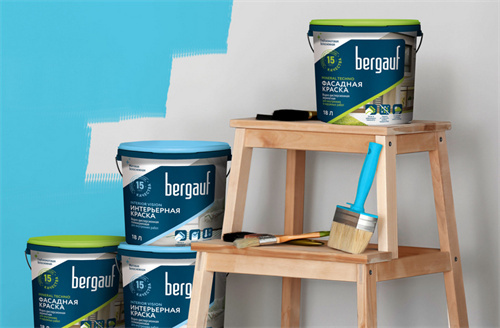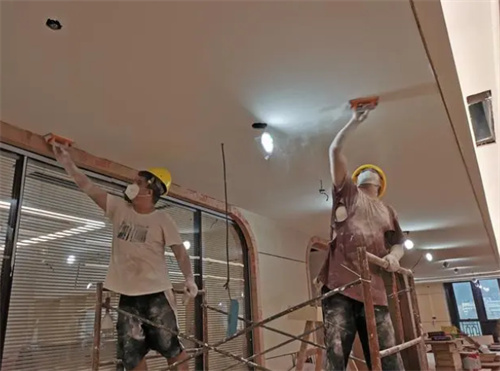The paint acceptance standards refer to the inspection and evaluation of the painting work after construction is completed to determine whether it meets the expected quality standards. The paint acceptance standards typically include the following aspects.
1. Surface Flatness: The paint surface should be flat and smooth, without defects such as unevenness, pinholes, bubbles, etc. When observed under light, the surface should not have visible scratches or wear.
2. Color and Gloss: The color of the paint should be consistent with the design drawings or samples, without color differences. The gloss should be uniform, with no obvious gloss variations.

3. Adhesion: The paint should adhere firmly to the substrate, without peeling, bubbling, or cracking. Adhesion can be tested using a blade or tape to check if it meets the requirements.
4. Coating Thickness: The thickness of the paint layer should meet the design requirements, as both excessive or insufficient thickness can affect the quality of the paint. A coating thickness gauge can be used for testing.

5. Environmental Safety: The paint should comply with national environmental protection standards, free of harmful substances that could pose risks to human health and the environment.
6. Construction Process: The painting work should adhere to relevant technical requirements, including the order of applying primer, intermediate coat, and topcoat, as well as the brush thickness and drying time. Additionally, the use and handling of paint should follow environmental principles to avoid polluting soil and water. Choosing environmentally friendly paints is beneficial for human health and is a responsible behavior towards the environment.

7. Safety: The painting work should meet relevant safety requirements, including safety measures and fire and explosion prevention. Furthermore, warning signs should be set up at the construction site to prevent personnel from entering the construction area, ensuring safety during the construction process. Construction personnel should also undergo relevant safety training to enhance safety awareness.

In summary, the paint acceptance standards encompass a comprehensive evaluation criteria that must consider multiple factors. Only when all aspects meet the requirements can the painting project be deemed to have reached the expected quality standards.



